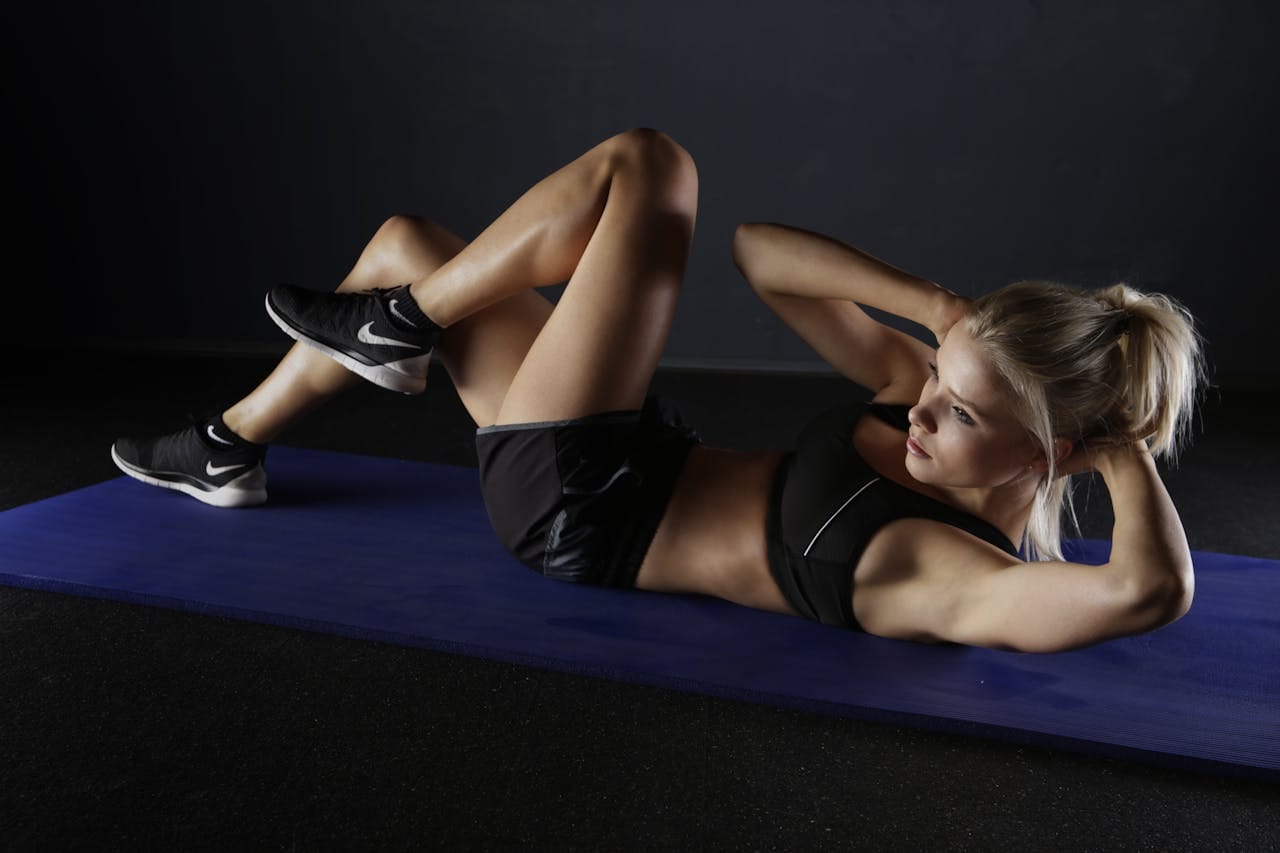Fitness advice is everywhere, but not all of it is accurate. To truly achieve your health goals, it’s essential to separate fact from fiction. In this article, we’ll tackle some of the most persistent fitness myths, explain why they’re misleading, and provide evidence-backed insights to set the record straight. Let’s clear the confusion so you can focus on what really works.
Myth 1: You Can Spot-Reduce Fat
One of the most widespread fitness myths is the idea that you can target fat loss from specific areas of your body by doing exercises like crunches for belly fat or leg lifts for thighs. Unfortunately, science doesn’t support this. Fat loss occurs systemically, meaning your body determines where it sheds fat based on genetics and hormones.
Myth 2: Cardio Is the Only Way to Lose Weight
While cardio is great for heart health and burning calories, relying solely on it for weight loss can backfire. Strength training plays a critical role in fat loss by increasing your resting metabolic rate, which means you burn more calories even when you’re not working out.
Incorporating weightlifting or bodyweight exercises into your routine not only helps with weight loss but also improves muscle tone and overall strength. For a comprehensive fitness program, aim to balance cardio with strength training and flexibility exercises.
Myth 3: No Pain, No Gain
The phrase “no pain, no gain” is often misunderstood. While it’s normal to feel some discomfort when challenging your body, pain should never be ignored. Pain can be a sign of injury or overexertion, which can derail your progress or lead to long-term harm.
Instead, focus on gradual progression. Soreness after a workout is common, but sharp or persistent pain is not. Always listen to your body and prioritize recovery to avoid overtraining. For detailed guidelines on safe exercise practices, visit Health.gov’s Physical Activity Guidelines.
Myth 4: Lifting Weights Makes Women Bulky
This myth deters many women from strength training, but it’s entirely false. Women’s bodies produce much less testosterone than men’s, which means they’re less likely to build large, bulky muscles. Instead, weightlifting helps women develop lean, toned physiques while boosting metabolism and improving bone density.
Strength training is particularly beneficial for women as they age, helping to combat osteoporosis and maintain functional fitness. Incorporating weights into your routine is one of the most effective ways to enhance both aesthetics and long-term health.
Myth 5: More Workouts = Better Results
Over-exercising can lead to diminishing returns and even harm your progress. Rest and recovery are essential components of any fitness plan. When you work out, your muscles create micro-tears that need time to heal. Without sufficient rest, you risk overtraining, which can lead to fatigue, injury, and burnout.
For optimal results, balance your workout frequency with adequate rest days and prioritize sleep. The National Sleep Foundation emphasizes that proper sleep enhances recovery and athletic performance.
Key Takeaways
- Fat loss isn’t localized: You can’t choose where your body sheds fat. Focus on overall fitness.
- Strength training is essential: Combine it with cardio for weight loss and muscle toning.
- Listen to your body: Push yourself, but don’t ignore pain or the need for rest.
- Women won’t bulk up from weights: It leads to lean muscle and improved health.
- Recovery is crucial: Rest days are just as important as workout days.
Final Thoughts
Debunking these fitness myths is a crucial step toward achieving your goals without unnecessary confusion or wasted effort. Understanding the science behind fitness allows you to make smarter choices and build a sustainable routine that truly works for your body.
Remember, there’s no one-size-fits-all approach to fitness. Focus on what works best for you, and don’t hesitate to seek advice from professionals or evidence-based sources. With these myths out of the way, you’re better equipped to take charge of your fitness journey and see real results.

